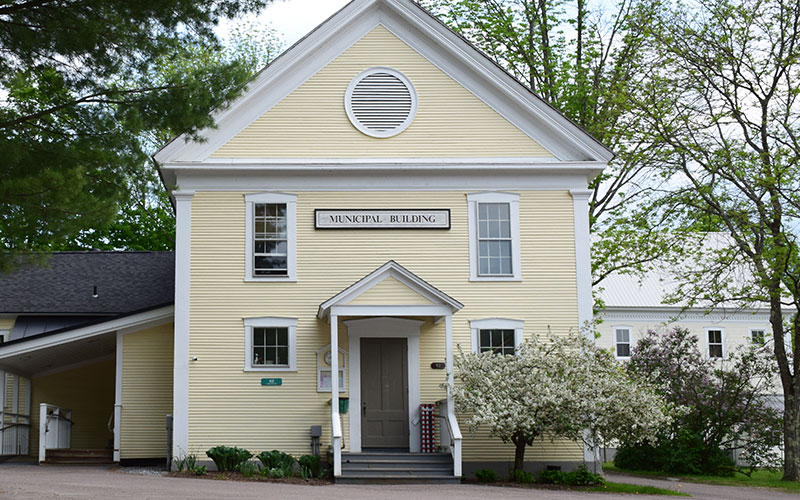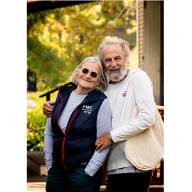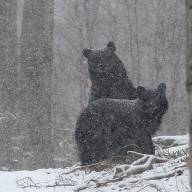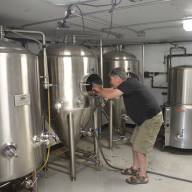The town of Warren just completed the purchase of the Harman property, a key 10-acre forested parcel in the Brook Road Wildlife Corridor. The Harman property is adjacent to the old town dump property on Dump Road. These two properties, now both owned by the town, combined are 18.3 acres and run from the Dump Road to Brook Road and comprise the western edge of the wildlife corridor.
“This corridor has long been a focus of attention of the Warren Conservation Commission (WCC), who after extensive studies, mapping and detailed planning recommended the purchase to the select board. Funding for the acquisition came from the Warren Conservation Fund,” said conservation commission chair Jito Coleman.
The property was purchased from Paul Harman for $45,000 plus appraisal and legal fees. It was purchased on October 28 and funding from the purchase came from the Warren Conservation Fund.
“The acquisition of the Harman property is our first step toward protecting and enhancing one of the most valuable wildlife corridors in Warren and one of the most threatened. We applaud the select board in their proactive approach. It’s a real win for the wildlife and for the town,” Coleman added.
The Brook Road Wildlife Corridor is a primary wildlife connector for a significant wildlife habitat area in Warren the area containing Eaton Town Forest, east of the Mad River and bordered by the Dump Road and the Airport Road. Protection of the corridor will help allow wildlife to move freely and safely and take full advantage of suitable habitat areas. In town-funded wildlife studies have found this area to be extensively used by a wide range of Vermont’s wild animals, big and small.
The Brook Road corridor is located along the north side of Brook Road between the village center and the fields in East Warren. South of the Brook Road is a relatively intact forest block of wildlife habitat with extensive steep forests and due to its limited access and steep slopes is not well suited for development.
The WCC is developing a program to inform and educate local landowners about a variety of methods to enhance and protect wildlife corridors and “stepping-stone” habitat areas. This program is designed to inform landowners, big and small, of how their land fits in to the network of wildlife habitat in Warren and to provide suggestions to implement on their land that supports these values. The commission has compiled several reference documents to guide landowners, which include a range of specific corridor or habitat enhancements. A proactive approach in the corridors and habitat network can significantly improve wildlife usage and continue to support the natural ecosystem that is treasured by Warren’s inhabitants and visitors. The commission is also working on potential conservation options that would allow interested landowners the opportunity to permanently protect these corridors and key habitat areas.
The Warren Conservation Commission has been working on a program identifying and mapping wildlife habitat and corridors for nearly 15 years. The work began in 2008 with a significant Valleywide study “Natural Heritage Element Inventory and Assessment,” which was followed up with the “Forest, Wildlife and Communities Project” in 2011 that provided ecological mapping analysis and Tiered Ecological Priorities rating. These studies provided a broad ecological assessment for all the lands in Warren and ranked land areas based upon a set of community and natural priorities. Data and maps were considered together to identify key wildlife corridors.
From 2014 to 2021 the commission focused on expanding an understanding of the wildlife corridors with specific studies to evaluate and identify the most valuable and the most at-risk wildlife corridors. A 2021-2022 study by Arrowwood Consulting on the Brook Road corridor provided very detailed analysis and mapping, as well as highlighted the ecological value of this corridor.












